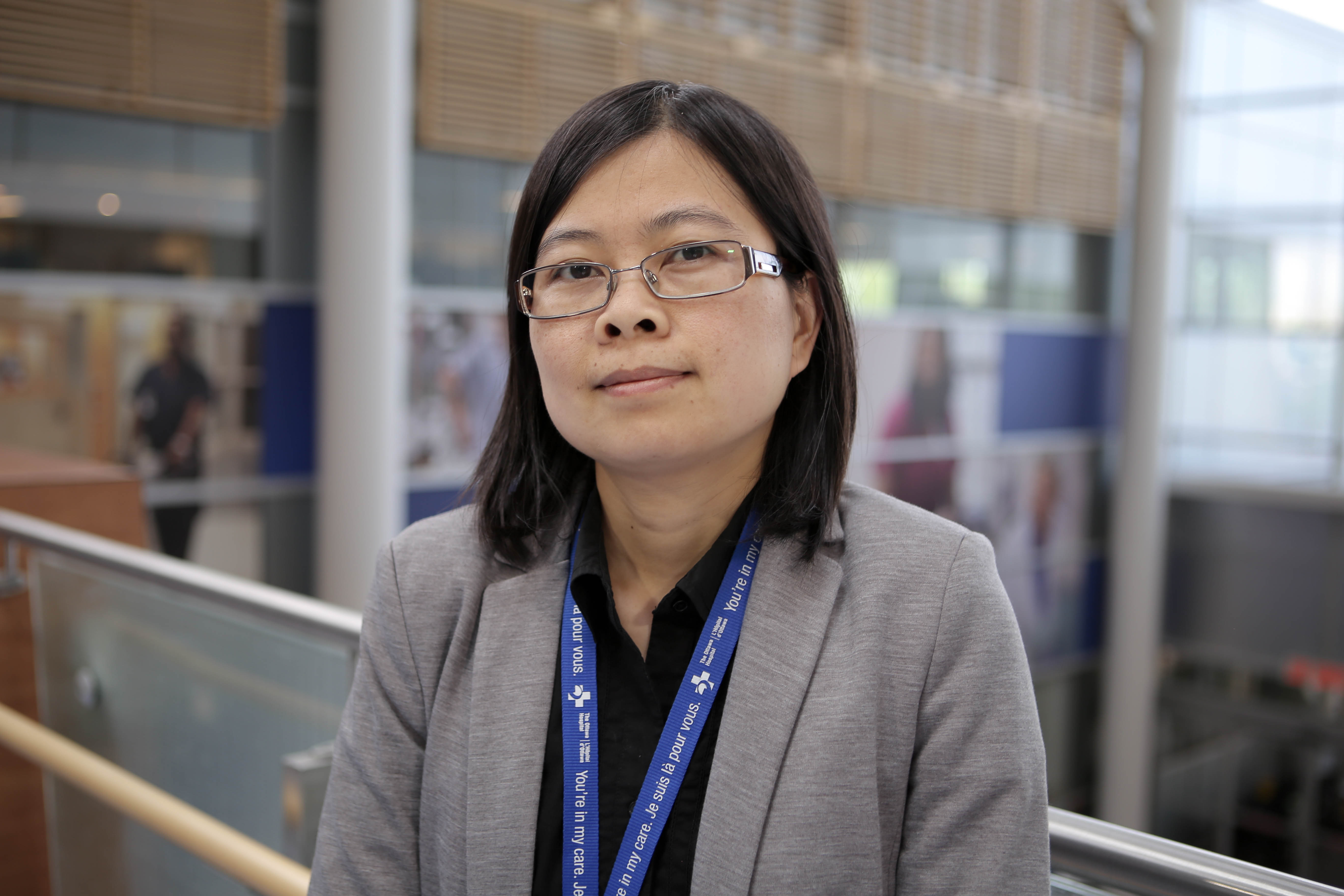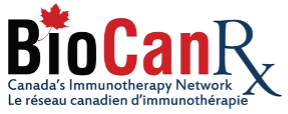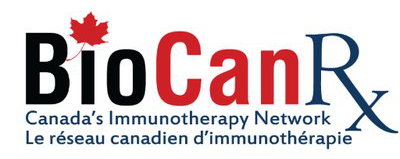
By Heather Blumenthal
A study into how to make healthcare decision makers willing to fund new and costly CAR T therapy for leukemia by building cost considerations into the research process has led Kednapa Thavorn to an important conclusion: efforts to develop a made-in-Canada CAR T therapy are worth pursuing.
Dr. Thavorn, of the Ottawa Hospital, has been leading a BioCanRx-funded project examining how to successfully build economic analysis into the research process at an earlier stage, to increase the likelihood that provincial health plans will pay for these new, potentially more effective, but also more expensive therapies.
“Our study shows there is room for CAR T therapy in the market,” she says. “We further show that Canadian-made CAR T therapy could be cost-effective and has a much better chance of being funded than existing commercial CAR T therapies.”
“The maximum reimbursable price has to be high enough that producers will go ahead,“ she says. “At the same time, researchers need to either reduce the price per dose or show better outcomes, such as lowered chances of recurrence or death.”
In other words, says Dr. Thavorn, “the best bang for the buck.”
As reported in the December 2021 newsletter, Dr. Thavorn’s project involved developing mathematical modelling to assess, based on projected outcomes and other factors, to predict what provincial ministries of health would be willing to pay for a new treatment. That way, if a new treatment proves to be too expensive, researchers could make adjustments early in the process to lower the cost of treatment or improve outcomes to justify the higher cost.
With the project now complete, Dr. Thavorn and her team are preparing to publish the results. Beyond finding that Canadian-made CAR T therapy is an economically viable option, Dr. Thavorn says they also did “a really good job” engaging patients.
This patient involvement led them to adapt the economic model to accommodate cost considerations that weren’t immediately obvious. Because CAR T therapy is only available in a limited number of centers, for instance, patients emphasized the need to incorporate travel and accommodation costs for themselves and a caregiver.
“Don’t make assumptions what patients can or cannot do,” says Dr. Thavorn. “They can contribute in important ways to the analytical part of the work.”
As a result of this patient involvement, Dr. Thavorn and her team are trying to develop a framework for engaging patients, including questions of when to engage them and how much support they need to participate meaningfully in the research.
The cost of new therapies in multiple disease areas is placing strain on healthcare systems across the country. Dr. Thavorn’s approach will make it easier for researchers to target the cost of the innovation and for decision makers to approve these new innovations for funding.
The team is actively meeting with others, including patients, clinicians, researchers, CAR T developers and healthcare payers, beginning with researchers at the Université de Montréal focusing on an innovative immunotherapy for pediatric leukemia and at the University of British Columbia on a cell therapy for chronic inflammation prevention in transplantation, to extend the concept to other therapeutic areas.

